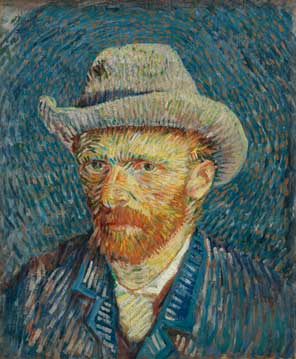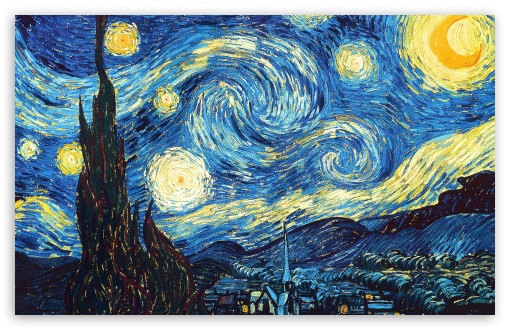
Synopsis
The iconic tortured artist, Vincent Van Gogh strove to convey his emotional and spiritual state in each of his artworks. Although he sold only one painting during his lifetime, Van Gogh is now one of the most popular artists of all time. His canvases with densely laden, visible brushstrokes rendered in a bright, opulent palette emphasize Van Gogh’s personal expression brought to life in paint. Each painting provides a direct sense of how the artist viewed each scene, interpreted through his eyes, mind, and heart. This radically idiosyncratic, emotionally evocative style has continued to affect artists and movements throughout the twentieth century and up to the present day, guaranteeing Van Gogh’s importance far into the future.
Key Ideas
Van Gogh’s dedication to articulating the inner spirituality of man and nature led to a fusion of style and content that resulted in dramatic, imaginative, rhythmic, and emotional canvases that convey far more than the mere appearance of the subject.
Although the source of much upset during his life, Van Gogh’s mental instability provided the frenzied source for the emotional renderings of his surroundings and imbued each image with a deeper psychological reflection and resonance.
Van Gogh’s unstable personal temperament became synonymous with the romantic image of the tortured artist. His self-destructive talent was echoed in the lives of many artists in the twentieth century.
Van Gogh used an impulsive, gestural application of paint and symbolic colors to express subjective emotions. These methods and practice came to define many subsequent modern movements from Fauvism to Abstract Expressionism.
Most Important Art: Starry Night (1889)

Starry Night is often considered to be Van Gogh’s pinnacle achievement. Unlike most of his works, Starry Night was painted from memory, and not out in the landscape. The emphasis on interior, emotional life is clear in his swirling, tumultuous depiction of the sky – a radical departure from his previous, more naturalistic landscapes. Here, Van Gogh followed a strict principal of structure and composition in which the forms are distributed across the surface of the canvas in an exact order to create balance and tension amidst the swirling torsion of the cypress trees and the night sky. The result is a landscape rendered through curves and lines, its seeming chaos subverted by a rigorous formal arrangement. Evocative of the spirituality Van Gogh found in nature, Starry Night is famous for advancing the act of painting beyond the representation of the physical world.
Oil on canvas – The Museum of Modern Art

